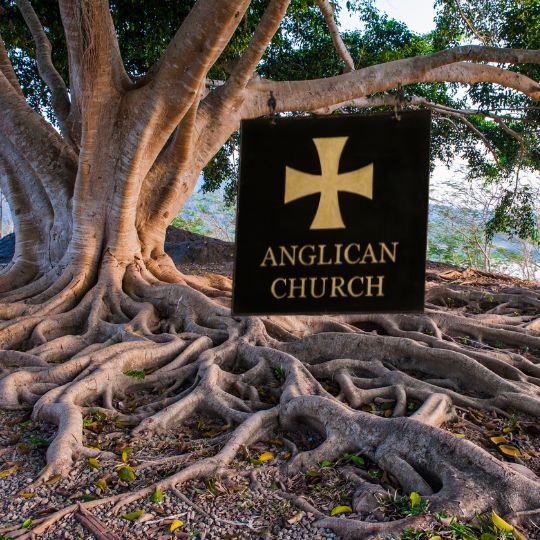The Evolution of Wedding
Ceremonies: From Expediency to Personal Expression
/08
by Jennifer
Cram - Brisbane Marriage Celebrant © 12 September
2024Categories: | Wedding Ceremony |
 Did you know
that the traditional wedding ceremony on which
civil marriage ceremonies officiated by authorised
celebrants in Australia is modelled, has roots
firmly embedded in the Church of England marriage
service? And that even ceremonies that
are regarded to be ultra modern and consciously
contemporary still reflect those origins today?
Did you know
that the traditional wedding ceremony on which
civil marriage ceremonies officiated by authorised
celebrants in Australia is modelled, has roots
firmly embedded in the Church of England marriage
service? And that even ceremonies that
are regarded to be ultra modern and consciously
contemporary still reflect those origins today?The way it was
In 1836, a new Marriage Act, driven by the decision to centralise registration of marriages, changed this, allowing non-conformists and Catholics to be married in their own places of worship. It also allowed non-religious civil marriages to be held in register offices.
This created a pressing need for an approved civil ceremony. So, the powers that be took the easy way out. They turned to the Church of England wedding ceremony, which, stripped of religious content, provided a ready-made template, which was both familiar and respected. The format of the ceremony included a series of well-defined stages: the declaration of intent, the exchange of vows, the giving of rings, and the pronouncement of marriage. Its adoption by civil authorities offered a solution that was quick, efficient, and legally sound. It also provided a sense of solemnity and order, which was highly valued in a society that placed great importance on tradition and religious practices. It was an expedient choice that has shaped the way civil marriages have been solemnised ever since.
The way it is now
However, it's important to recognise that modern marriage laws are flexible. According to the Marriage Act, only two key elements are required to make a marriage legal:
- The reciting of the Monitum, a statement by the celebrant affirming their authority to solemnise the marriage and defining it as the union of two people.
- A declaration by each partner that they take the other to be their lawful wedded husband, wife, spouse, or partner in marriage.
You can incorporate readings, music, rituals, and symbols that hold special meaning for you. You can share intimate details of your relationship, or not. You can speak personal promises to one another, or not. You can incorporate something totally out of left field. Or create a ceremony that is a unique piece of theatre. Whether it's a nod to your heritage, a favourite poem, a unique unity ritual, or a totally new approach to the whole idea of saying "I do" the possibilities are infinite.
In essence, while the Church of England's wedding format provided a much-needed structure in the 1830s, today's ceremonies offer limitless opportunities for personalisation. The legal framework ensures that the core elements of marriage are upheld, but beyond that, the ceremony can be a true reflection of your unique journey together.
So, as you plan your wedding, remember that you are not bound by tradition unless you choose to be. Embrace the opportunity to make your ceremony a memorable and meaningful celebration of your love, tailored exactly to your vision. After all, the only limits are those you set for yourselves.
Related information
